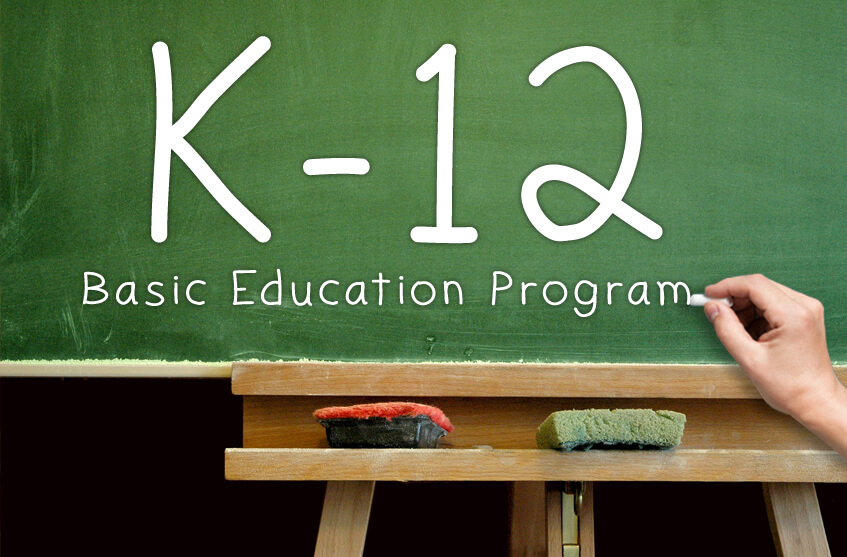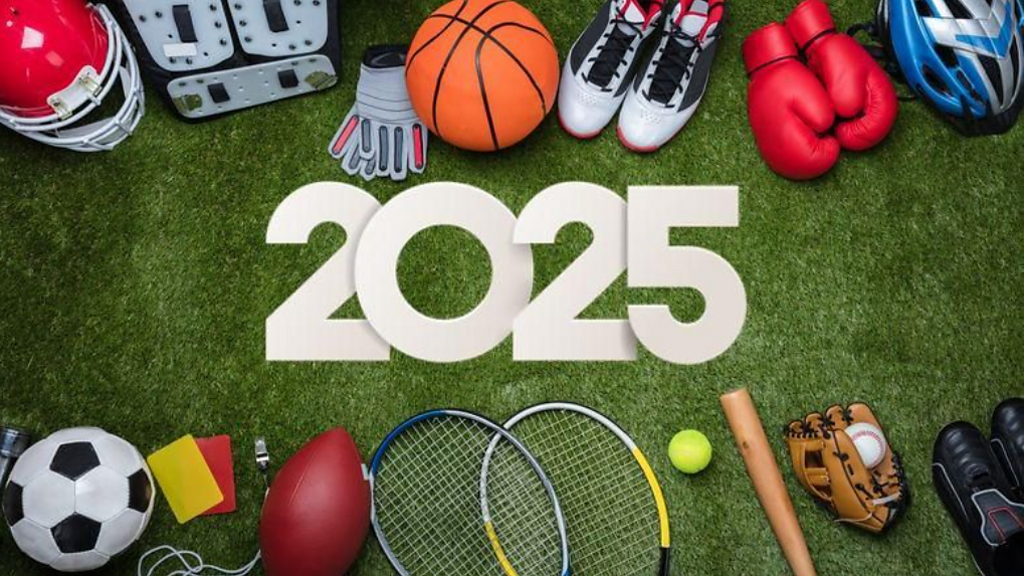(ThyBlackMan.com) If a face can launch a thousand ships, then the masked faces of K-12 schoolchildren should launch a thousand class action lawsuits for developmental disabilities, educational loss, and emotional and psychological damages since 2020.
Even if those lawsuits are a longshot, however, Covid bullying has at least launched thousands of parents into action. Remote teaching has given them a window into the increasingly ideological lessons funded by their tax dollars. Parents are therefore seeking not only educational alternatives for their children but political alternatives to the enablers of the status quo. This is happening not only in local school board elections, but statewide elections (Virginia), and soon in the 2022 midterms.
Americans may care about K-12 education more than they have in many years, largely by asserting parental rights against centralization, bureaucratization, regulation, and subsidies. Asserting these rights should enable market-driven solutions to free educators, parents, and teachers from the status quo. Most importantly, it will mean that more children can reach their potential and good teachers can be freed to do good work.

The broad strokes of reform oblige decentralizing and deregulating. Recent federal loan forgiveness for students scammed by degree mills demonstrates that accreditation is no protection against shoddy education. Accompanying de-credentializing will abolish the one-size-fits-all-credential for teachers in public education that props up rent seeking by monopolists facilitated by so-called schools of education. Such hatcheries of “professional educators” have become a hub whose spokes of woke politics extend from higher education into K-12, corporations, consulting, and entertainment.
Defunding and privatizing will follow decentralizing and deregulating. This has already begun with school choice, charter schools, and vouchers, but these alternatives retain regulatory interference and hold the door open for rent-seeking. We don’t give people government de facto vouchers for autos, electronics, or furniture, for example, and until disrupted by Covid, the market for those goods was quite efficient. Why not achieve similar efficiency in education?
Who pays for education, however, obliges asking why K-12 education costs so much. If a working class family is expected to spend what many public schools spend, on average, per student per year ($14,000), then privatizing education is a bridge too far. But when one considers that model parochial schools may spend less than a quarter of that, privatizing looks far less burdensome. Costs at such schools are reduced not only by shared commitment to its mission (rather than its monopoly or financial security) but by entrepreneurial efficiencies and philanthropy.
As parochial and private schools demonstrate, education is about far more than dollars and cents; education is about culture and community. Gather people united in their common love for something and you instantly build a community. Contrast a music festival or sporting event with a prison, or…many classrooms that resemble a POW camp once coercion replaces community and apathy replaces enthusiasm. Self-selection means skin in the game. We cannot complain about education as if it is someone else’s problem – and that someone else is an unaccountable, unattached, uninvested educational bureaucracy. In our own case, my wife and I took responsibility for our children’s education by homeschooling them. We supported other families who went the same route or availed themselves of a local Christian school.
As resources and cultures are reoriented and created around individualized education with greater concern for outcomes, K-12 will fall into a combination of three main areas:
1) Traditional education educating the whole person. A great revival of traditional education has already been launched on three fronts: Classical schools, many of them Christian in orientation; homeschooling (now enabled more by technology and parents working from home); and charter schools such as Great Hearts Academies or initiatives by Hillsdale College.
2) Professional education mentoring toward entrepreneurship (which many kids naturally desire and enjoy) or white-collar employment such as sales, or service industries. The flexibility of homeschooling already accommodates this quite well.
3) Desperately needed education in trades enables those with mechanical intelligence and ambition to succeed.
The old public education system used to combine all three of these areas successfully. Trades were staffed and public school grads built the SR-71 using slide rules. Americans bought over a million copies of Mortimer Adler’s multi-volume Great Books of the Western World. Now, most graduates couldn’t recognize the authors that Adler selected in the 1950s, trades are understaffed, and the big STEM push demonstrates how mathematics and science are struggling.
As for college, K-12 and college credit will become increasingly comingled for all but the most elite schools. Dual-enrollment will overlap traditional high school subjects with general education requirements for college. Only the most selective and desirable schools will be able to demand that students spend four or more years in residency.
Apart from dual enrollment, we will also see colleges and universities reaching down into the K-12 space or vice-versa. State universities have long had “lab” schools and, increasingly, charter schools. In Tennessee, Hillsdale College has launched a massive charter school enterprise and their evolving K-12 curriculum will undergird other schools as well. There are K-12 hybrids creating their own college degrees as the Saint Constantine School does in Houston.
Critics of masks that children were forced to wear offered many pejoratives for their use. I prefer to think of them as the surrender flags – surrender by school leadership and politicians to a one-size-fits-all mentality. However, the surrender of public education began many years ago. One is reminded of Hiroo Onada, a Japanese officer in the Philippines who refused to accept Japan’s defeat. He did not formally surrender until 1974 when his former commanding officer, sent by the Emperor, insisted that he give up. As with Onada, it is time to acknowledge that the current system has failed. We must seek a lasting peace – peace for parents, students, taxpayers, and for those teachers who desire to use an honorable profession for noble ends.
Written by Glenn Moots

















Leave a Reply